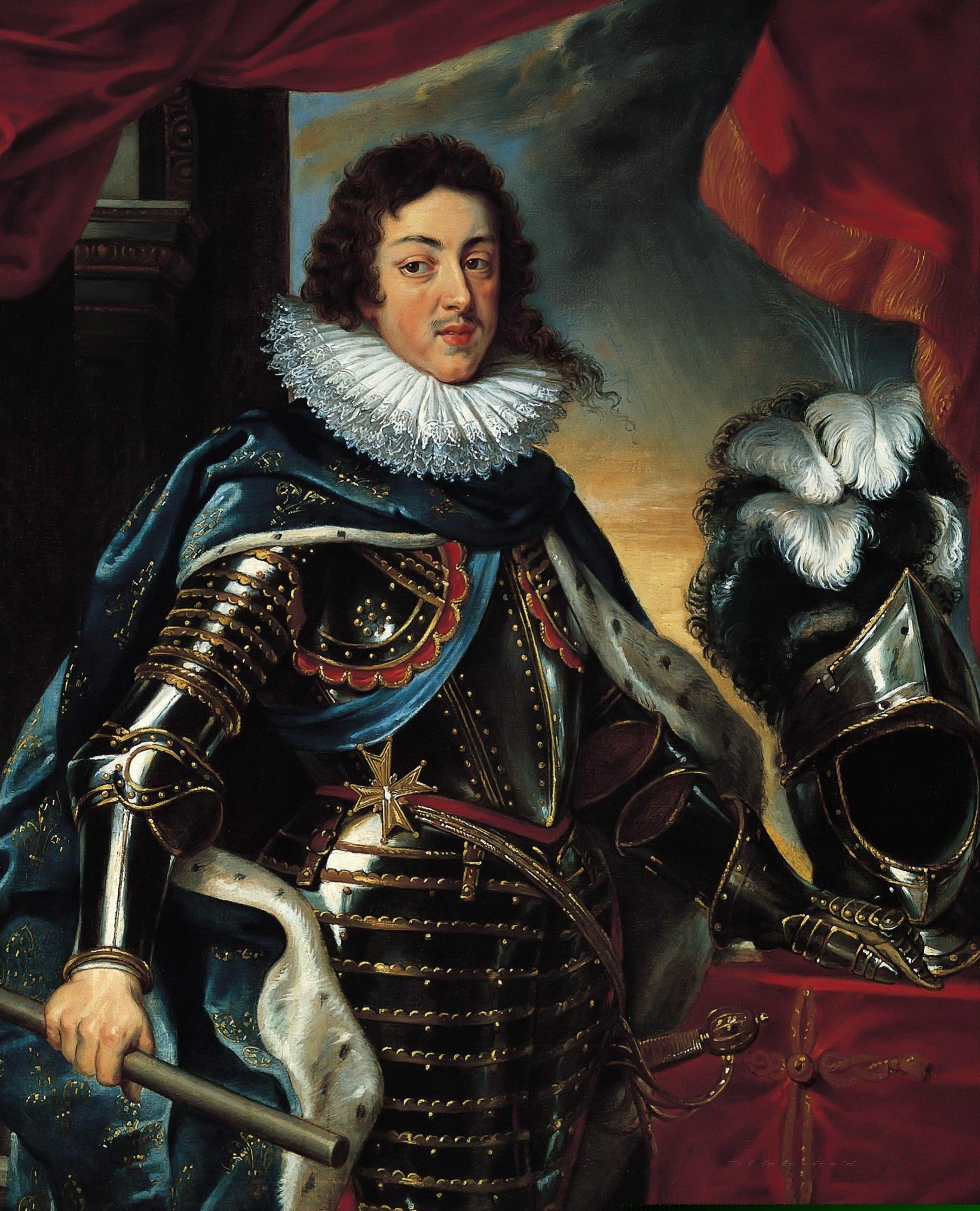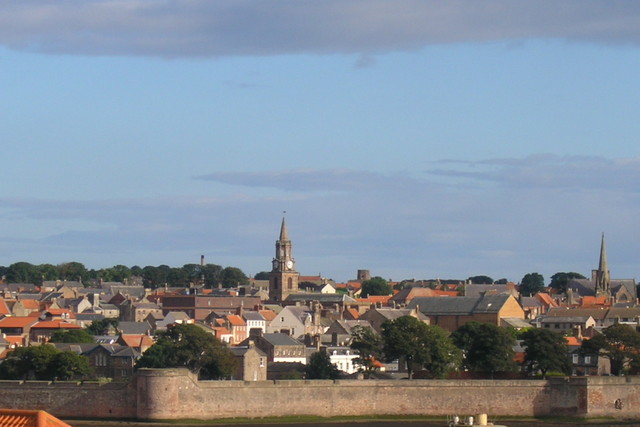|
Château De Barbezieux
The Château de Barbezieux is a castle situated in the '' commune'' of Barbezieux-Saint-Hilaire, in the Charente ''département'' of France. It dates from 1453, though an earlier castle, of which no trace remains, stood on the site from the early 11th century. The castle has been listed since 1913 as a ''monument historique'' by the French Ministry of Culture. History The present castle was built on the orders of Marguerite de La Rochefoucauld in 1453 to provide work during a time of famine. The castle has been the property of many of the great names and families of French history, notably Barbezieux, La Rochefoucauld, d’Espinay de Duretal, Schomberg-Vignier, Richelieu, Le Tellier and Louvois.Histoire et patrimoine Ville de Barbezieux-Saint-Hilaire website Sold during the [...More Info...] [...Related Items...] OR: [Wikipedia] [Google] [Baidu] |
Barbezieux Castle1
Barbezieux-Saint-Hilaire () is a commune in the Charente department, Southwestern France. The commune was formed in 1973 by the merger of the former communes Barbezieux and Saint-Hilaire. '''' n° 0296, 20 December 1972, pp. 13168-13169. With 4,714 inhabitants (2019), it forms the most important town in Southern Charente. Barbezieux is a fortified hill town on the historic route south west from Paris – Poitiers to Bordeaux – Spain, now served ... [...More Info...] [...Related Items...] OR: [Wikipedia] [Google] [Baidu] |
Cardinal Richelieu
Armand Jean du Plessis, 1st Duke of Richelieu (9 September 1585 – 4 December 1642), commonly known as Cardinal Richelieu, was a Catholic Church in France, French Catholic prelate and statesman who had an outsized influence in civil and religious affairs. He became known as the Red Eminence (), a term derived from the style of Eminence (style), Eminence applied to Cardinal (Catholic Church), cardinals and their customary red robes. Consecrated a bishop in 1607, Richelieu was appointed Secretary of State for Foreign Affairs (France), Foreign Secretary in 1616. He continued to rise through the hierarchy of both the Catholic Church and the French government, becoming a Cardinal (Catholic Church), cardinal in 1622 and Chief minister of France, chief minister to King Louis XIII, Louis XIII of France in 1624. He retained that office until his death in 1642, when he was succeeded by Cardinal Cardinal Mazarin, Jules Mazarin, whose career the cardinal had fostered. Richelieu became enga ... [...More Info...] [...Related Items...] OR: [Wikipedia] [Google] [Baidu] |
Castles In Nouvelle-Aquitaine
A castle is a type of fortified structure built during the Middle Ages predominantly by the nobility or royalty and by military orders. Scholars usually consider a ''castle'' to be the private fortified residence of a lord or noble. This is distinct from a mansion, palace, and villa, whose main purpose was exclusively for ''pleasance'' and are not primarily fortresses but may be fortified. Use of the term has varied over time and, sometimes, has also been applied to structures such as hill forts and 19th- and 20th-century homes built to resemble castles. Over the Middle Ages, when genuine castles were built, they took on a great many forms with many different features, although some, such as curtain walls, arrowslits, and portcullises, were commonplace. European-style castles originated in the 9th and 10th centuries after the fall of the Carolingian Empire, which resulted in its territory being divided among individual lords and princes. These nobles built castles ... [...More Info...] [...Related Items...] OR: [Wikipedia] [Google] [Baidu] |
Buildings And Structures Completed In 1453
A building or edifice is an enclosed structure with a roof, walls and windows, usually standing permanently in one place, such as a house or factory. Buildings come in a variety of sizes, shapes, and functions, and have been adapted throughout history for numerous factors, from building materials available, to weather conditions, land prices, ground conditions, specific uses, prestige, and aesthetic reasons. To better understand the concept, see ''Nonbuilding structure'' for contrast. Buildings serve several societal needs – occupancy, primarily as shelter from weather, security, living space, privacy, to store belongings, and to comfortably live and work. A building as a shelter represents a physical separation of the human habitat (a place of comfort and safety) from the ''outside'' (a place that may be harsh and harmful at times). buildings have been objects or canvasses of much artistic expression. In recent years, interest in sustainable planning and building practi ... [...More Info...] [...Related Items...] OR: [Wikipedia] [Google] [Baidu] |
List Of Castles In France
This is a list of castles in France, arranged by Regions of France, region and Departments of France, department. ;Notes: # The French word ''château'' has a wider meaning than the English ''castle'': it includes architectural entities that are properly called palaces, mansions or vineyards in English. This list focuses primarily on architectural entities that may be properly termed ''castle'' or ''fortress'' (), and excludes entities not built around a substantial older castle that is still evident. # Occasionally, where there is not a specific article on a castle, links are given to another article that includes details, typically an article on a town. # ''Italics'' indicate links to articles in the :fr:Main Page, French Wikipedia. # If no article appears in either English or French Wikipedias, a link is given to an external website. # The number in parentheses after the name of each department indicates the department number used for administrative purposes. # The number of cast ... [...More Info...] [...Related Items...] OR: [Wikipedia] [Google] [Baidu] |
Curtain Wall (fortification)
A curtain wall is a defensive wall between fortified towers or bastions of a castle, fortress, or town. Ancient fortifications Evidence for curtain walls or a series of walls surrounding a town or fortress can be found in the historical sources from Assyria and Egypt. Some notable examples are ancient Tel Lachish in Israel and Buhen in Egypt. Curtain walls were built across Europe during the Roman Empire; the early 5th century Theodosian Walls of Constantinople influenced the builders of medieval castles many centuries later. Curtain wall castles In medieval castles, the area surrounded by a curtain wall, with or without towers, is known as the bailey. The outermost walls with their integrated bastions and wall towers together make up the enceinte or main defensive line enclosing the site. In medieval designs of castle and town, the curtain walls were often built to a considerable height and were fronted by a ditch or moat to make assault difficult. Walls were topped ... [...More Info...] [...Related Items...] OR: [Wikipedia] [Google] [Baidu] |
Keep
A keep is a type of fortified tower built within castles during the Middle Ages by European nobility. Scholars have debated the scope of the word ''keep'', but usually consider it to refer to large towers in castles that were fortified residences, used as a refuge of last resort should the rest of the castle fall to an adversary. The first keeps were made of timber and formed a key part of the motte-and-bailey castles that emerged in Normandy and Anjou during the 10th century; the design spread to England, Portugal, south Italy and Sicily. As a result of the Norman Conquest of England in 1066, use spread into Wales during the second half of the 11th century and into Ireland in the 1170s. The Anglo-Normans and French rulers began to build stone keeps during the 10th and 11th centuries, including Norman keeps, with a square or rectangular design, and circular shell keeps. Stone keeps carried considerable political as well as military importance and could take a decade or more t ... [...More Info...] [...Related Items...] OR: [Wikipedia] [Google] [Baidu] |
François-Michel Le Tellier, Marquis De Louvois
François Michel Le Tellier, Marquis de Louvois (; 18 January 1641 – 16 July 1691) was the French Secretary of State for War during a significant part of the reign of Louis XIV. He is commonly referred to as "Louvois". Together with his father, Michel le Tellier, he oversaw an increase in the numbers of the French Army, eventually reaching 340,000 soldiersLynn, J. (1994). Recalculating French Army Growth during the Grand Siecle, 1610-1715. ''French Historical Studies,'' ''18''(4), 881-906. doi:10.2307/286722 – an army that would fight four wars between 1667 and 1713. Louvois was a key military and strategic advisor to Louis XIV, who transformed the French Army into an instrument of royal authority and foreign policy. According to Cathal Nolan, he created the Régiment du Roi in 1663 and founded the Royal-Artillerie regiment in 1673. These innovations influenced military planners beyond France. Louvois sought out new wars as a means of concentrating more power and wealth in ... [...More Info...] [...Related Items...] OR: [Wikipedia] [Google] [Baidu] |
Le Tellier
The Le Tellier family is a noted French noble family, originally from Chaville, ennobled in 1574 and later acquired the title of ''Marquis de Louvois''. Members of the family distinguished themselves under the Ancien Régime as major political, ecclesiastical and military figures.http://racineshistoire.free.fr/LGN/PDF/Le-Tellier_Louvois.pdf Letellier is also a Frech surname. Notable people * Camille le Tellier de Louvois (1675–1718), French cleric * Charles-Maurice Le Tellier (1642–1710), Archbishop of Reims *Francis Letellier (born 1964), French journalist * François-Michel le Tellier, Marquis de Louvois (1641–1691) * Hervé Le Tellier (born 1957), French writer * Louis Charles César Le Tellier, duc d'Estrées (1695–1771) * Louis François Marie Le Tellier (1668–1701), French statesman * Luc Letellier de St-Just (1820–1881), Canadian politician * Louis LeTellier (1887–1975), football coach * Michel Le Tellier (1603–1685), French ... [...More Info...] [...Related Items...] OR: [Wikipedia] [Google] [Baidu] |
Duc De La Rochefoucauld
The House of La Rochefoucauld is one of France's ancient noble families, with origins dating back to the 10th century. The family's lineage begins with (973–1047), the first Lord of La Roche, later known as La Rochefoucauld (''Roche'' + ''Foucauld''), and possibly the son of (also known as Amaury or Esmerin; ''circa'' 952 – before 1037), Lord of La Roche. Over the centuries, the family rose in prominence, earning numerous titles and distinctions. Overview of titles and roles In April 1622, Louis XIII elevated the County (comté) of La Rochefoucauld to a Duchy and Peerage by ' issued at Niort (registered September 4, 1631). This act formally raised François V of La Rochefoucauld (1588–1650) from Count to the inaugural Duke of La Rochefoucauld, as well as to the status of Peer of France. ::Upon its elevation in 1622, the Duchy of La Rochefoucauld became united with the lordships of Verteuil, Daunart, Joussaume, Vivier, Montignac, Touriers, Celfroin, Saint Clos, La ... [...More Info...] [...Related Items...] OR: [Wikipedia] [Google] [Baidu] |
Castle
A castle is a type of fortification, fortified structure built during the Middle Ages predominantly by the nobility or royalty and by Military order (monastic society), military orders. Scholars usually consider a ''castle'' to be the private fortified house, fortified residence of a lord or noble. This is distinct from a mansion, palace, and villa, whose main purpose was exclusively for ''pleasance'' and are not primarily fortresses but may be fortified. Use of the term has varied over time and, sometimes, has also been applied to structures such as hill forts and 19th- and 20th-century homes built to resemble castles. Over the Middle Ages, when genuine castles were built, they took on a great many forms with many different features, although some, such as curtain wall (fortification), curtain walls, arrowslits, and portcullises, were commonplace. European-style castles originated in the 9th and 10th centuries after the fall of the Carolingian Empire, which resulted ... [...More Info...] [...Related Items...] OR: [Wikipedia] [Google] [Baidu] |






